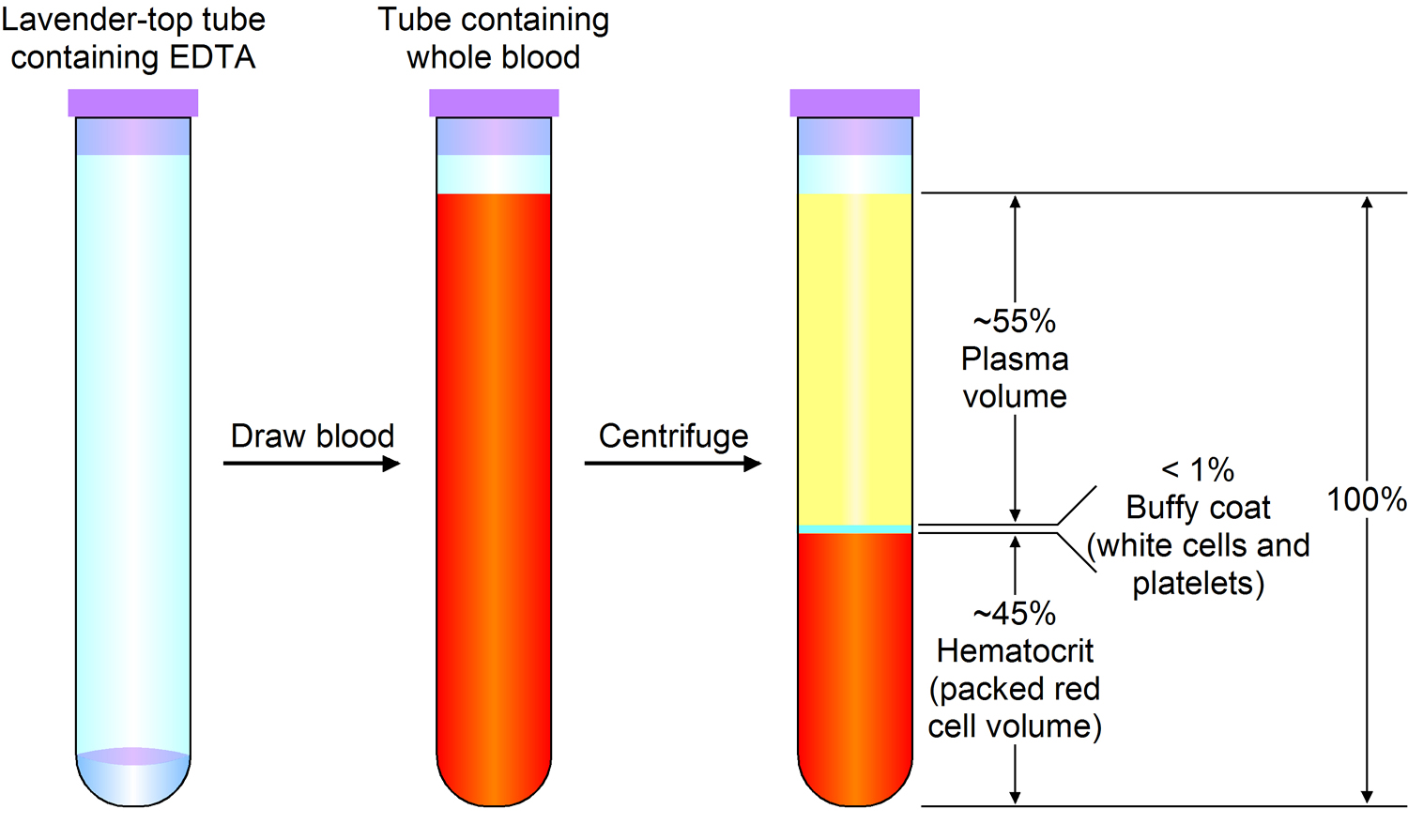The Amazing Blood Factory Inside You
Ever wonder about the silent, ceaseless work happening within you, a hidden factory churning out life's essential fluid? We're talking about blood, the crimson river that courses through your veins, delivering oxygen, nutrients, and fighting off invaders. But just how much of this vital liquid do you produce each day? The answer is more complex and fascinating than you might think.
Your body is a remarkable machine, constantly renewing and replenishing itself. Daily blood production, or hematopoiesis, isn't a fixed number. It's a dynamic process influenced by factors like your overall health, diet, activity level, and even altitude. On average, a healthy adult produces about 2 million red blood cells every second! This translates to roughly 200 billion red blood cells per day. Considering all blood components, including plasma, white blood cells, and platelets, your body generates about a teacup's worth of new blood daily.
The journey of blood creation begins in your bone marrow, the spongy tissue nestled within your bones. Here, stem cells, the body's master builders, differentiate into various blood cell types, each with a specific function. This continuous process ensures a steady supply of fresh blood, replacing old or damaged cells.
The rate of blood cell production is tightly regulated. Hormones like erythropoietin (EPO), primarily produced by the kidneys, act as the body's blood production managers, ramping up production when oxygen levels are low, such as at high altitudes or during intense exercise. This intricate feedback system ensures your body maintains the optimal blood volume and composition for peak performance.
Understanding your body's blood production capacity is crucial for maintaining overall health. Conditions like anemia, where the body doesn't produce enough red blood cells, can lead to fatigue, weakness, and other complications. Conversely, certain diseases can cause overproduction of blood cells, also leading to health issues.
Throughout history, blood has held a position of mystique and fascination. Ancient civilizations recognized its life-giving properties, though their understanding of its production was limited. The discovery of bone marrow as the site of hematopoiesis was a major breakthrough in modern medicine, paving the way for treatments for blood disorders and advancements in blood transfusions.
Several factors can influence daily blood production rates. Iron deficiency can hinder red blood cell production, leading to anemia. Vitamins like B12 and folate are also essential for healthy blood cell development. Chronic diseases, infections, and certain medications can also impact blood production.
A healthy diet rich in iron, B vitamins, and other essential nutrients is vital for optimal blood production. Regular exercise and maintaining a healthy weight can also positively impact the process.
Advantages and Disadvantages of Understanding Your Blood Production
| Advantages | Disadvantages |
|---|---|
| Empowers you to make informed health decisions | Can lead to anxiety if misinterpreting information |
| Helps identify potential health issues early | May prompt unnecessary self-treatment |
Frequently Asked Questions:
1. How much blood does my body make in a day? Roughly a teacup's worth.
2. Where is blood made? In the bone marrow.
3. What regulates blood production? Hormones like erythropoietin (EPO).
4. Can I increase my blood production naturally? Yes, through a healthy diet and exercise.
5. What are the signs of low blood production? Fatigue, weakness, pale skin.
6. What happens if my body makes too much blood? This can lead to health complications like blood clots.
7. How can I test my blood production levels? Through a complete blood count (CBC) test.
8. What role does iron play in blood production? It's essential for hemoglobin production, which carries oxygen in red blood cells.
Understanding the intricate process of blood production within your body empowers you to take control of your health. By adopting a healthy lifestyle and staying informed, you can support your body's remarkable ability to create the life-sustaining fluid that keeps you going. From the microscopic factories in your bone marrow to the vast network of blood vessels, the journey of blood production is a testament to the incredible complexity and resilience of the human body. This knowledge empowers us to make informed choices about our health, from dietary changes to seeking appropriate medical attention when necessary. Take charge of your health and delve deeper into the fascinating world within you. Learning more about your body's processes, like blood production, can lead to a healthier and more fulfilling life.
Unlocking the secrets of model s lug nut size your guide to proper wheel maintenance
Healthy smiles in norwood ma dr john michaels dmd
Elk river recycling a guide to sustainable practices in lake state














